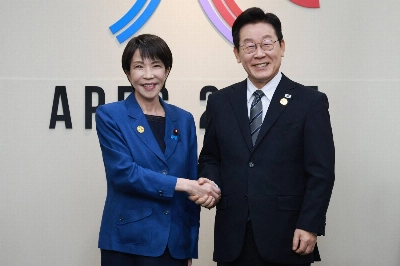Until the time of our great-great-grandparents, each region's architectural style was largely defined by its particular culture, climate and natural resources. Materials and construction techniques developed only very slowly, if at all. With all their buildings being built the same way, cities and towns naturally developed a strong sense of aesthetic unity.
The places that have been able to retain this quality -- such as Prague, Paris, Charleston and the Greek hill towns -- have something that in today's world makes them prime tourist destinations. However, the mechanized production of building materials, advances in construction methods and the increasingly swift evolution of architectural styles has meant that since great-great-grandfather's day, buildings erected by successive generations often look very different indeed.
Nonetheless, the 20th century saw a conscious attempt at generating aesthetic unity. The International Style is a term coined in the 1930s to describe a key branch of the Modernist movement. The style had its origins in avant-garde, socialist movements in post-World War I Europe and was characterized by crisp, boxy forms, a lack of color and ornament, large windows and flat roofs. There was a strong emphasis on function as a key determinant of the building's design, and the thinking was that this way of making buildings could be applied universally to any culture or climate.
















With your current subscription plan you can comment on stories. However, before writing your first comment, please create a display name in the Profile section of your subscriber account page.